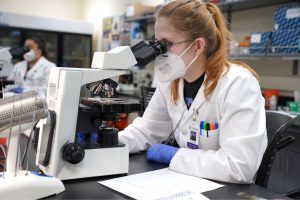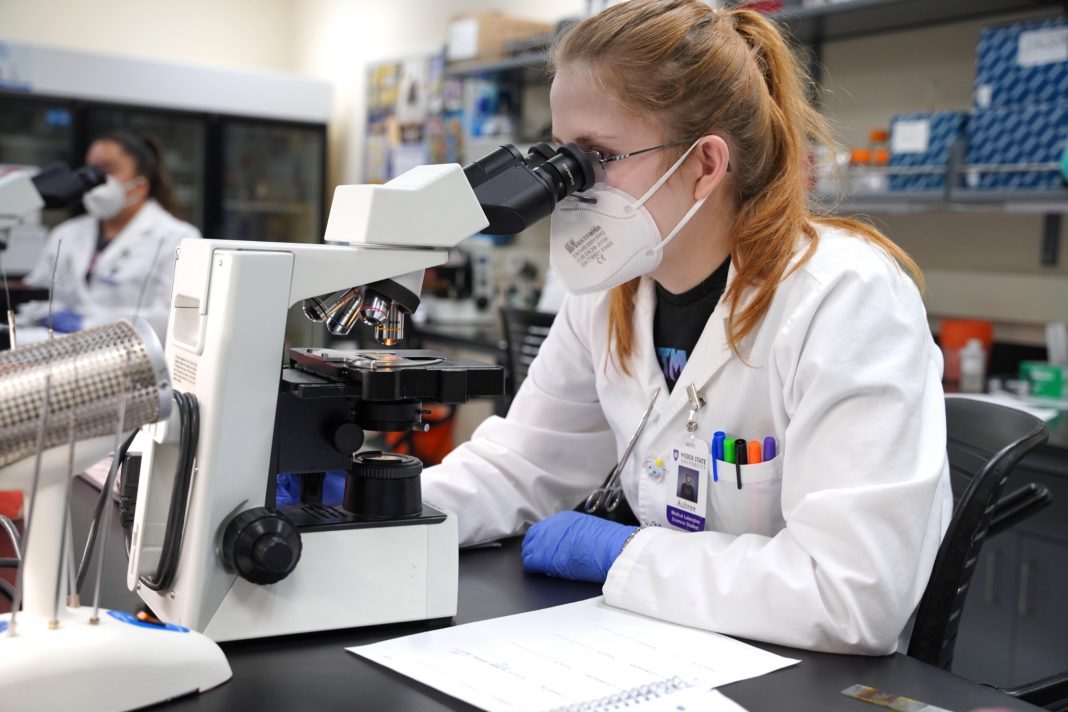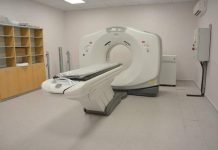UTME/JAMB cut off mark for medical LABORATORY SCIENCE in UNIBEN.
The JAMB cut off mark for medical laboratory science in the University of Benin is 200. That means you need to score at least 200 to be eligible for their Post-UTME entrance exams. Please be informed that the higher you score in UTME, the higher your post-UME score and the higher your chances of admission. Medical Laboratory Science in UNIBEN is under the college of basic medical sciences…mes lab students receive lectures for the first 2 or 3 years with medicine and surgery plus dental students. To be admitted into the department of Med Lab Science (MLS) in UNIBEN, you need to score at least 65 post-UTME to increase your chances.

Who is a medical lab scientist? I culled this basic info from Mayoclinic;
What does a medical laboratory scientist do?
A medical laboratory scientist (MLS), also known as a medical technologist or clinical laboratory scientist, works to analyze a variety of biological specimens. They are responsible for performing scientific testing on samples and reporting results to physicians.
Medical laboratory scientists perform complex tests on patient samples using sophisticated equipment like microscopes. The data they find plays an important role in identifying and treating cancer, heart disease, diabetes, and other medical conditions. It is estimated 60 to 70 percent of all decisions regarding a patient’s diagnosis, treatment, hospital admission, and discharge are based on the results of the tests medical laboratory scientists perform.
Careers and Scope of practice of MLS
Medical laboratory scientists collaborate very closely with physicians and medical laboratory technicians in diagnosing and monitoring disease processes, as well as monitoring the effectiveness of therapy. Areas of medical laboratory training include microbiology, chemistry, hematology, immunology, transfusion medicine, toxicology, and molecular diagnostics.
Medical laboratory scientists have a wide variety of responsibilities and duties, including:
*Examining and analyzing blood, body fluids, tissues, and cells
*Relaying test results to physicians
Utilizing microscopes, cell counters, and other high-precision lab equipment
*Cross matching blood for transfusion
*Monitoring patient outcomes
*Performing differential cell counts looking for abnormal cells to aid in the diagnosis of anemia and leukemia
*Establishing quality assurance programs to monitor and ensure the accuracy of test results
*Overseeing the work of a medical laboratory technician
Sources:
Mayoclinic
miles health.com.ng
























